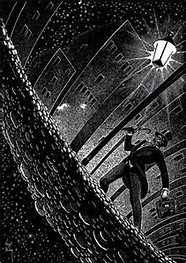Over the past 10 weeks of the Research and Communication module I feel that I have learnt a lot about past artistic movements, as well as improving my research skills and utilising the resources that were open for me to use. This has greatly improved my research skills and has exposed me to new and interesting works of art that I had previously not seen before as well as refining my analysis skills when looking at artwork from other contemporary practitioners. I have learnt a lot about Graphic Design, Illustration and Photography and how they have evolved and changed throughout the 20th century due to technological advances and shifts in artistic movements such as modernism and counter culture.
I have been able to find connections within my research that have helped me push my analysis of certain images further, linking specific artistic and historical movements such as counter culture to Graphic Design and how it has impacted the way artists have been influenced. The lectures have encouraged me to research deeper into certain topics and choose relevant information to help support my analysis’ of a variety of different artwork, The topics that were discussed in each lecture have been important in understanding the development of illustration and graphic design over the decades and have taught me how to improve my own work as well as inspiring me to try out different methods of working and experimenting with different mediums.
The most thought provoking task in my opinion was the task regarding authenticity, I found it highly interesting researching a variety of opinions towards the matter of artwork being truly authentic. This made me think about my own work and what and where I draw inspiration from, as well as looking at other practitioners work and how they have found their inspiration. Tasks where we had to analyse three images and relate them back to our own work I also found highly interesting as I thought it helped me make more connections between my work and other artists’, as well as improving my knowledge of other artists and how I evaluate their work. I also thoroughly enjoyed researching into how technology has impacted art, I liked forming an opinion towards the matter and voicing it in way that included research to help back up points made.
Overall, I have enjoyed the last 10 weeks as it has opened my mind to different artistic movements and how they have greatly impacted artists and their work, as well as researching into different aspects of art and analysing the work of artists that have shaped the history of art and have strongly influenced the art scene.

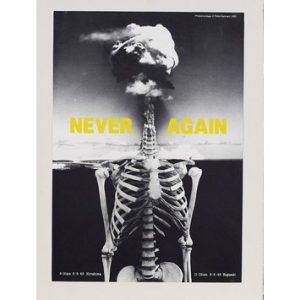
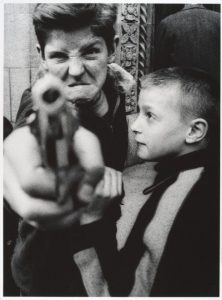
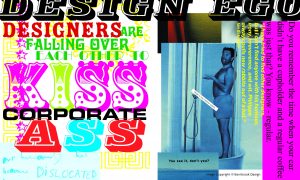
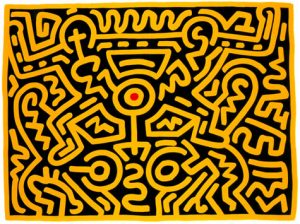
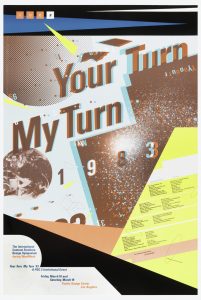
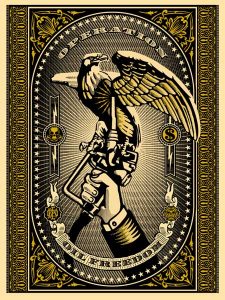
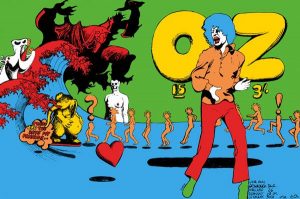
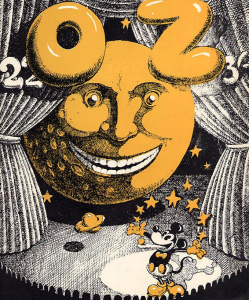
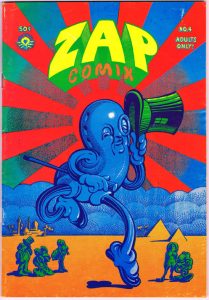 series which was originally part of the youth counterculture of the 1960’s. I was immediately drawn to the intense colours and traditional cartoon style of the 1960’s/70’s, the use of dark blue as an outline and shadow still define the main focal point just as much as a black outline would, keeping to the colour palette. ZAP Comix focussed on psychedelic imagery and had references to sex and drugs much like the rest of counter culture art.
series which was originally part of the youth counterculture of the 1960’s. I was immediately drawn to the intense colours and traditional cartoon style of the 1960’s/70’s, the use of dark blue as an outline and shadow still define the main focal point just as much as a black outline would, keeping to the colour palette. ZAP Comix focussed on psychedelic imagery and had references to sex and drugs much like the rest of counter culture art.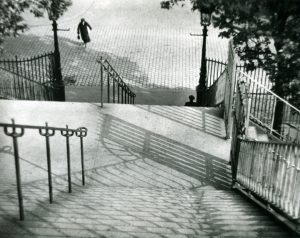 The first image I have chosen is a photograph taken by Andre Kertesz, The Stairs of Montmarte, Paris (1926). I particularly like this photograph as there is a strong sense of perspective which creates a central focal point, the lack of colour also adds contrast emphasising the darker subject matter and shadows; the composition allows the viewpoint to shift throughout the photograph and follow the direction of the shadows. Light plays an important part in the composition of the image as it has distorted and elong
The first image I have chosen is a photograph taken by Andre Kertesz, The Stairs of Montmarte, Paris (1926). I particularly like this photograph as there is a strong sense of perspective which creates a central focal point, the lack of colour also adds contrast emphasising the darker subject matter and shadows; the composition allows the viewpoint to shift throughout the photograph and follow the direction of the shadows. Light plays an important part in the composition of the image as it has distorted and elong